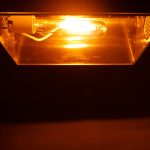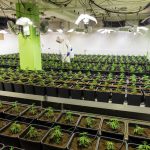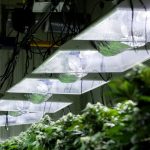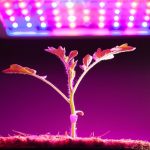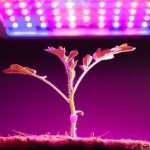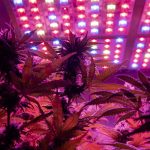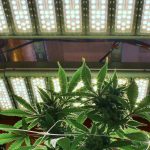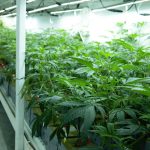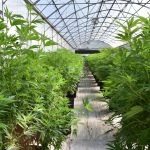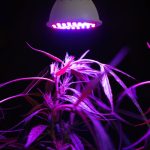High-Pressure Sodium (HPS) grow lights have become increasingly popular among indoor growers, due to their ability to produce large yields and provide a high-quality spectrum for vegetative and flowering stages.
While there are several advantages to using HPS lamps, it’s important to understand the potential drawbacks as well. In this article, we’ll take a look at both the pros and cons of HPS to grow lights.
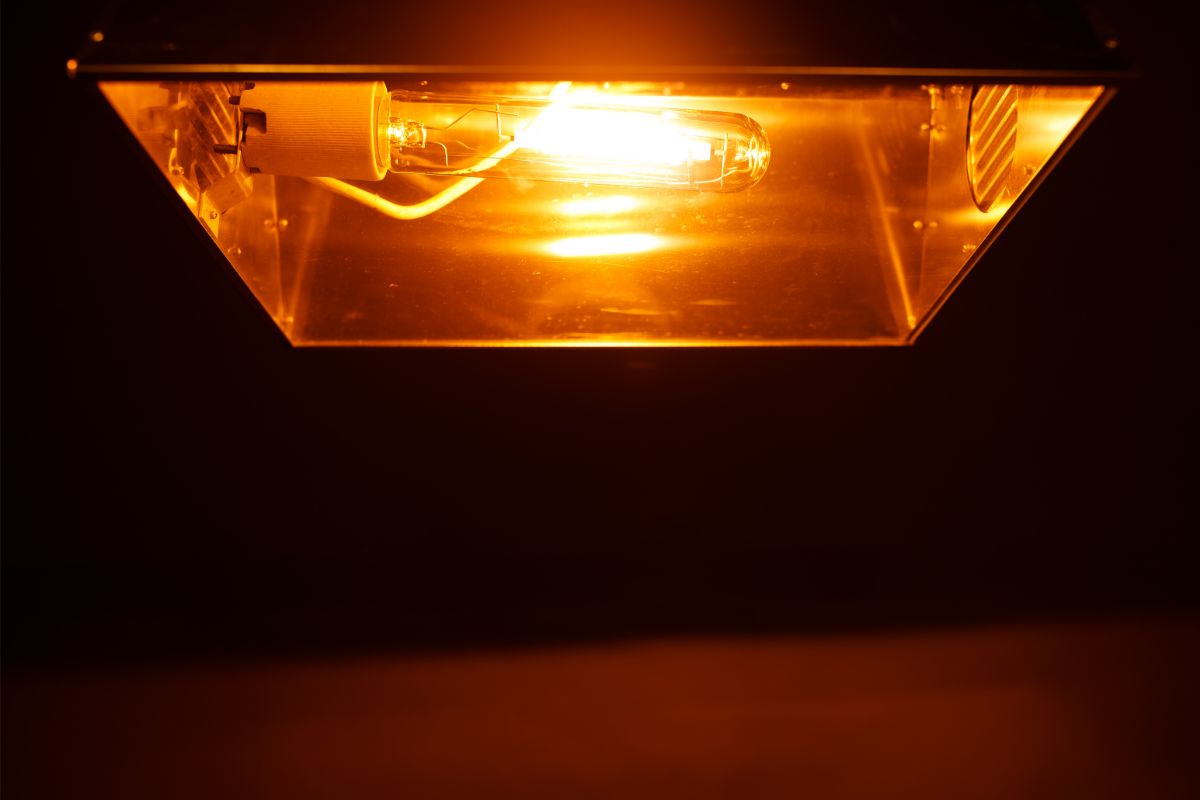
What Are High-Pressure Sodium Grow Lights?
Before we take a closer look at the advantages and disadvantages of HPS, let’s start by quickly reviewing what they are and how they work.
High-Pressure Sodium (HPS) grow lights are specialized lamps that emit a spectrum of light optimized for plant growth. This type of lamp uses metal halide technology, which is more efficient than traditional fluorescent lighting systems.
What Is High-Pressure Sodium For Flowering?
HPS lighting systems produce light in the visible spectrum and have a broad color spectrum that is optimized for both vegetative and flowering stages, allowing your plants to get the most out of every stage.
So, just how do they work? As we mentioned, these are special lamps that emit a spectrum of light optimized for plant growth. This type of lamp uses metal halide technology, which works by igniting a gas-filled tube with an electrical discharge.
This reaction produces visible light and also emits UV radiation, both of which are important for encouraging healthy plant growth. HPS lamps also produce heat, which can be beneficial for controlling temperatures in your grow room.
Advantages Of High-Pressure Sodium Grow Lights
So, just what are the advantages of using HPS grow lights? Here are some of the biggest benefits that growers can enjoy when using HPS lamps for indoor gardening:
High Yields
One of the biggest benefits of using HPS lamps is that they can produce very high yields compared to other types of grow lights.
This is due to their ability to emit a spectrum optimized for both vegetative and flowering stages, allowing your plants to get the most out of every stage.
High-Quality Light
HPS lamps also emit light in the visible spectrum, which is beneficial for maximizing photosynthesis – this can be super important for achieving optimal yields.
HPS lamps also produce a broad color spectrum that can simulate the sun’s light and make your plants look healthier and more vibrant, ensuring that you obtain the maximum number of viable crops from every batch.
Energy Efficiency
HPS lamps are also incredibly energy efficient and long-lasting compared to other types of grow lights, meaning you’ll save money on your electricity bills while still getting great results -a key priority if you are running a commercial operation.
Heat Management
Finally, HPS lamps generate a lot of heat, which can be beneficial for controlling internal temperatures in your grow room. This can help reduce the need for additional cooling systems and make your environment more comfortable.
Disadvantages Of High-Pressure Sodium Grow Lights
Of course, there are some potential drawbacks to consider when using HPS lamps as well. Here are a few of the most important cons to be aware of:
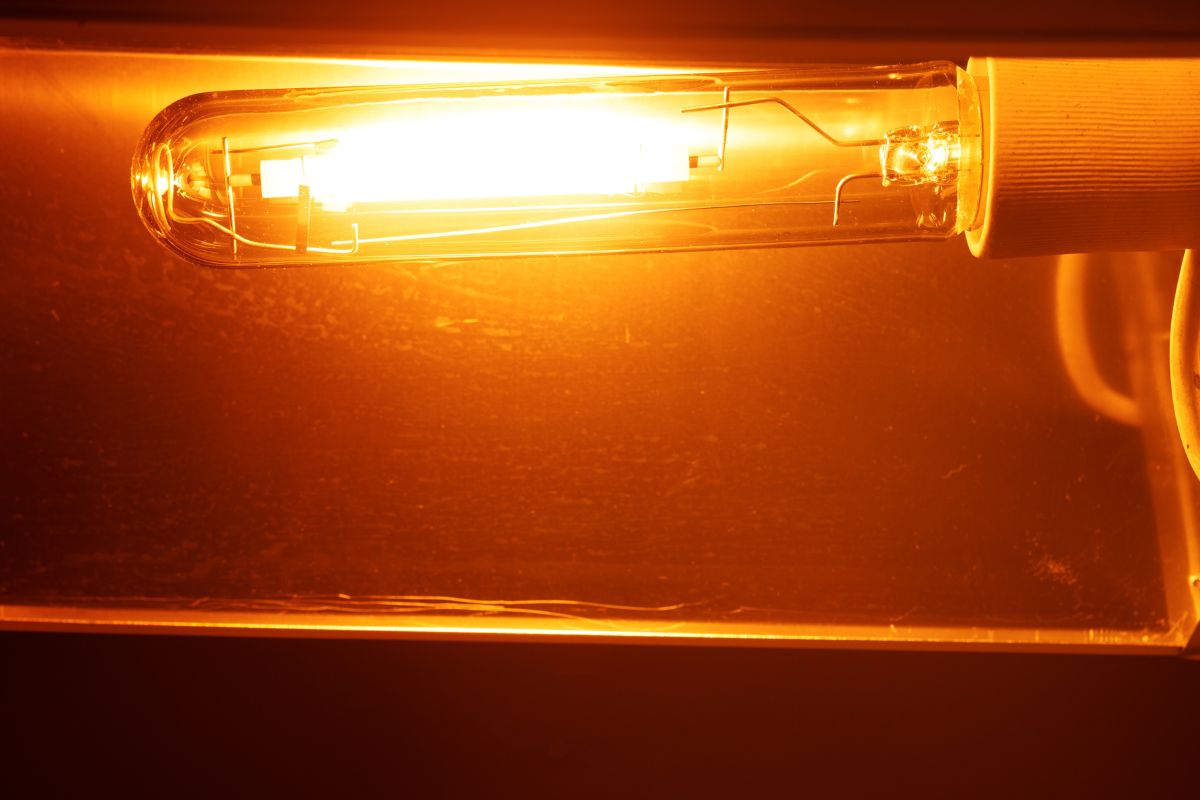
Heat Output
The main downside of HPS lamps is that they generate a lot of heat, which can make it difficult to control the temperature in your grow room. While this heat can be beneficial for controlling temperatures, it can also be dangerous if allowed to get too high.
UV Radiation
HPS lamps also emit UV radiation, which can be harmful to humans and animals if not properly protected from.
Be sure to use shields and filters around your lights to ensure that you, your plants, and any other living organisms are not exposed to dangerous UV radiation.
Power Consumption
Finally, HPS lamps consume a lot of power, making them much more expensive to run than other types of lighting systems. If you’re looking for an energy-efficient way to light your grow room, HPS may not be the best option.
Are High-Pressure Sodium Grow Lights Better Than LED?
One common question among growers is whether HPS grow lights are better than LED lights.
The answer to this question depends largely on your particular needs and situation, as each type of lighting has its own unique advantages and disadvantages.
In general, HPS lamps tend to provide more intense light and higher yields in comparison to LED systems, but they also consume more power and generate more heat.
LED lights, which work by emitting light from an array of small diodes, are much more energy-efficient and tend to have a longer lifespan than HPS lamps – but the intensity and quality of the light emitted is not as good.
Ultimately, it’s important to weigh up the pros and cons of each type of lighting system carefully before making any decisions.
So, Is High-Pressure Sodium Good For Plants?
HPS lamps are a great option for growing plants, as they emit a spectrum optimized for both vegetative and flowering stages.
This can help ensure that your plants get the most out of every stage, and high-quality light emitted by HPS lamps can also maximize photosynthesis.
Additionally, HPS lamps produce a broad color spectrum that can simulate the sun’s light and make your plants look healthier and more vibrant.
However, it’s important to weigh up the pros and cons of each type of lighting system carefully before making any decisions, as HPS lamps generate a lot of heat and consume a lot of power.
Ultimately, there is no one-size-fits-all solution when it comes to lighting your grow room – so make sure you have done your research before investing in any lighting system.
- 5 Best Weed T-Shirts For Women - June 26, 2023
- What To Wear To A Cannabis Café: 10 Awesome Options - June 26, 2023
- What Is Stoner Girl Clothing? All You Need To Know - June 26, 2023

